7 Simple Ways to Prevent Running Muscle Soreness
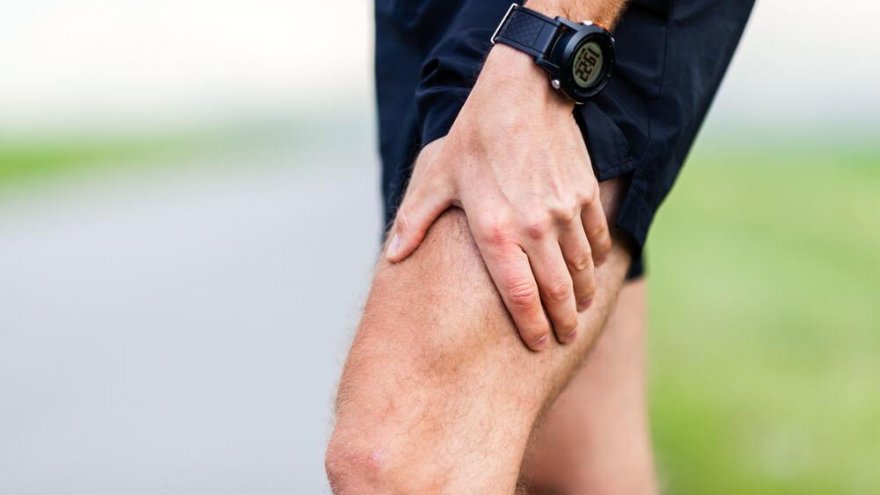
Eek! Ouch! Running is bliss but it can (and I guarantee, will at times!) be painful. Not all pain points to injury, however. Muscle soreness before, during, and after activity is part of the body’s natural response to the stress of running.
Before you can run longer, farther, or faster, your body needs to go through multiple stress and adaptation cycles. It adapts by repairing micro tears in muscle fiber and flushing out the byproducts of cellular respiration produced during exercise, among other processes.
As with all things, recovery and adaptation take time. However, you can and should be proactive in taking measures to prevent muscle soreness before it happens and relieve it when it does.
Blood flow to muscles is one of the primary factors that enhance muscle soreness prevention and recovery. As such, our 7 simple ways to prevent muscle soreness center around providing your muscles with the blood and nutrients they need. Armed with them, you can minimize soreness and get back to the roads and running!
1. Hydrate
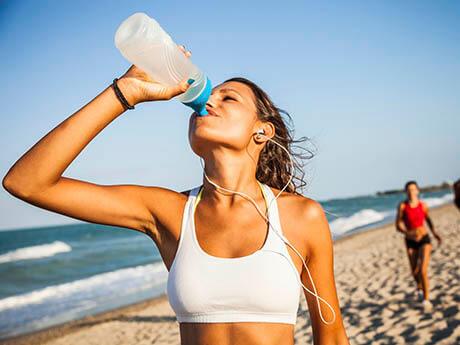
We know, this one’s beating dead horse. But no soreness or injury prevention article is complete without stressing the importance of irrigating those muscles. Hydration is easily the factor with the most upside when it comes to preventing muscle soreness.
We have a few hydration tips for you to consider.
Start your day with a few gulps of water upon waking. This does wonders for your mind and body, which have gone all night without fluids.
Hydrate with plain old water before exercising. There are plenty of electrolytes stored and ready to go in your body from the food you eat. Save the sports drink for during and after running, when you need to replace them.
Sip water all day. Carry a water bottle!
2. Sports Massage
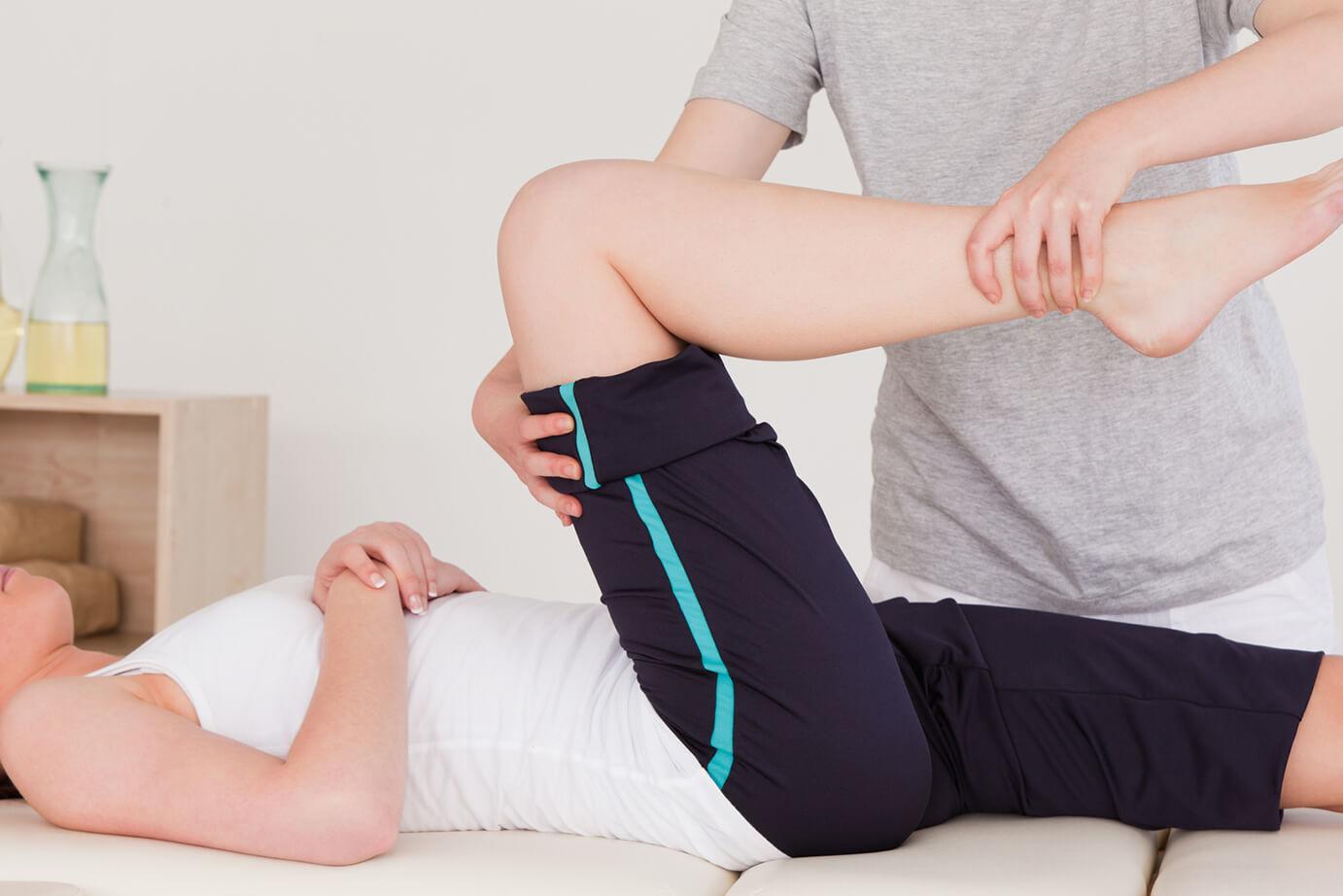
Massage isn’t only for the times you need a relaxing rub down. Sports massage is a more aggressive form of massage that helps promote blood flow to stressed muscles and tendons. Depending on the massage intensity, it can be a little painful! Not to worry though. Sports massage helps break up scar tissue and remove “knots” from tight muscles. Experienced masseuses can often identify muscle imbalances and areas that need special attention. The benefits are worth a little discomfort on the table.
Sports massage does cost money, but is definitely worth the investment in relieving muscle soreness, aiding recover, and preventing injury. Every one to two weeks is a good frequency for hour long sports massage sessions. Typically, an hour long session costs $60 to $80. Any more than that, and you’re probably paying for unnecessary frills.
3. Anti-Inflammatories
The use of inflammatories in tablet form is a bit controversial among runners, since many worry about masking pain that would otherwise warn them of a serious injury issue. Make sure you are aware of the side effects and consult your physician before using them.
When used in short bursts during periods of normal running induced muscle soreness, anti-inflammatories, particularly ibuprofen, are good tools to reduce the short term effects of muscle soreness and inflammation. Taking the maximum recommended dosage for two days when soreness pops up is a useful method of reduction.
Foods with natural anti-inflammatory properties are also a great way to lessen muscle soreness. One of my favorites is tart cherry juice.
4. Ice Baths
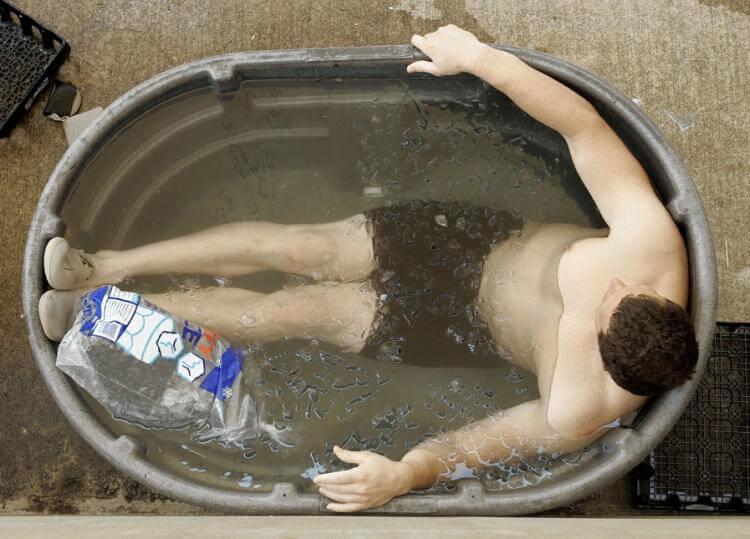
Cold therapy is an extremely effective way to draw blood to the muscles and flush out the byproducts left behind by cellular respiration, speeding up recovery. There are a couple ways to benefit from this type of therapy right in your own home at almost no cost.
After a run or workout, fill your bathtub 2/3 full with cold water. Pour 10 pounds of ice in and allow the water and ice mixture to get cold. A good temperature is between 55 and 60 degrees Fahrenheit (12 to 15 degrees celsius). You can purchase bags of ice from almost any gas station or supermarket. If you don’t have access to a tub, a large, clean trashcan can be used for a standing style ice bath.
Sit with your legs fully submerged in the bath for up to twelve minutes. Perform this therapy up to twice per week, and you’ll soon find yourself feeling better after harder runs and workouts.
5. Magnesium
Supplementing with Magnesium has been shown to reduce muscle cramping, straining, and soreness. Magnesium citrate is a good way to supplement the essential mineral in oral form.
Transdermal magnesium therapy is also an easy and convenient way to provide magnesium to your tissues. It’s a good solution for people who have a low tolerance for oral magnesium supplementation. After a run, when your muscles are still warm, gently rub pure magnesium oil into your skin.
6. Foam Rolling
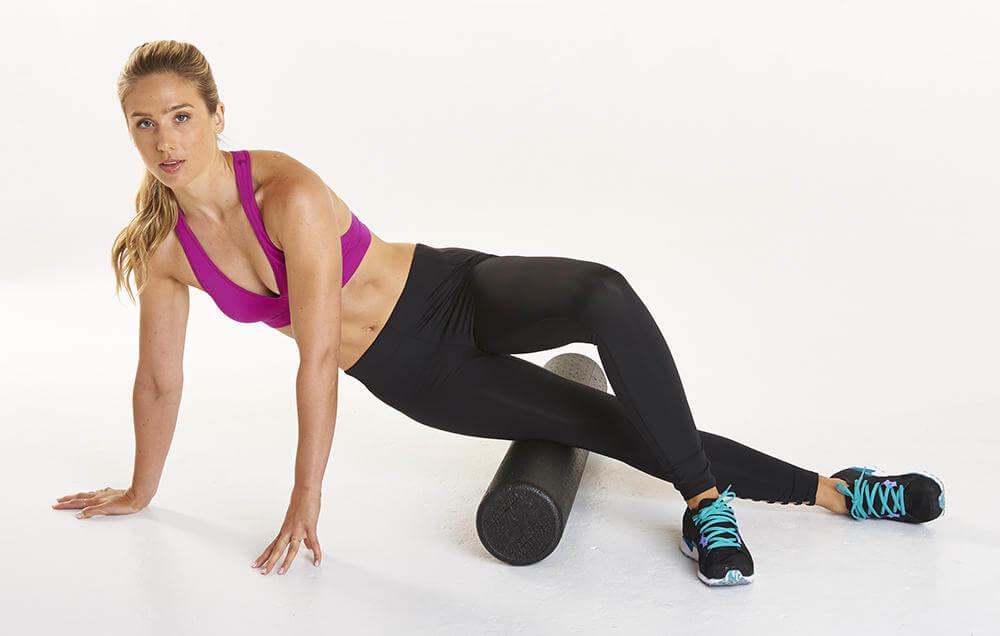
Foam rolling, or self-myofascial release therapy, is a form of massage that you can do yourself. By applying pressure in a rolling motion to affected muscles, you help break up scar tissue and promote blood flow. There are now a huge number of rollers, pressure point balls, roller sticks, and other therapy devices available on the market. If you don’t have any of these, a good old baking rolling pin works great. Get in the habit of performing 10-15 minutes of foam rolling per day after your run.
7. Warm up and cool down
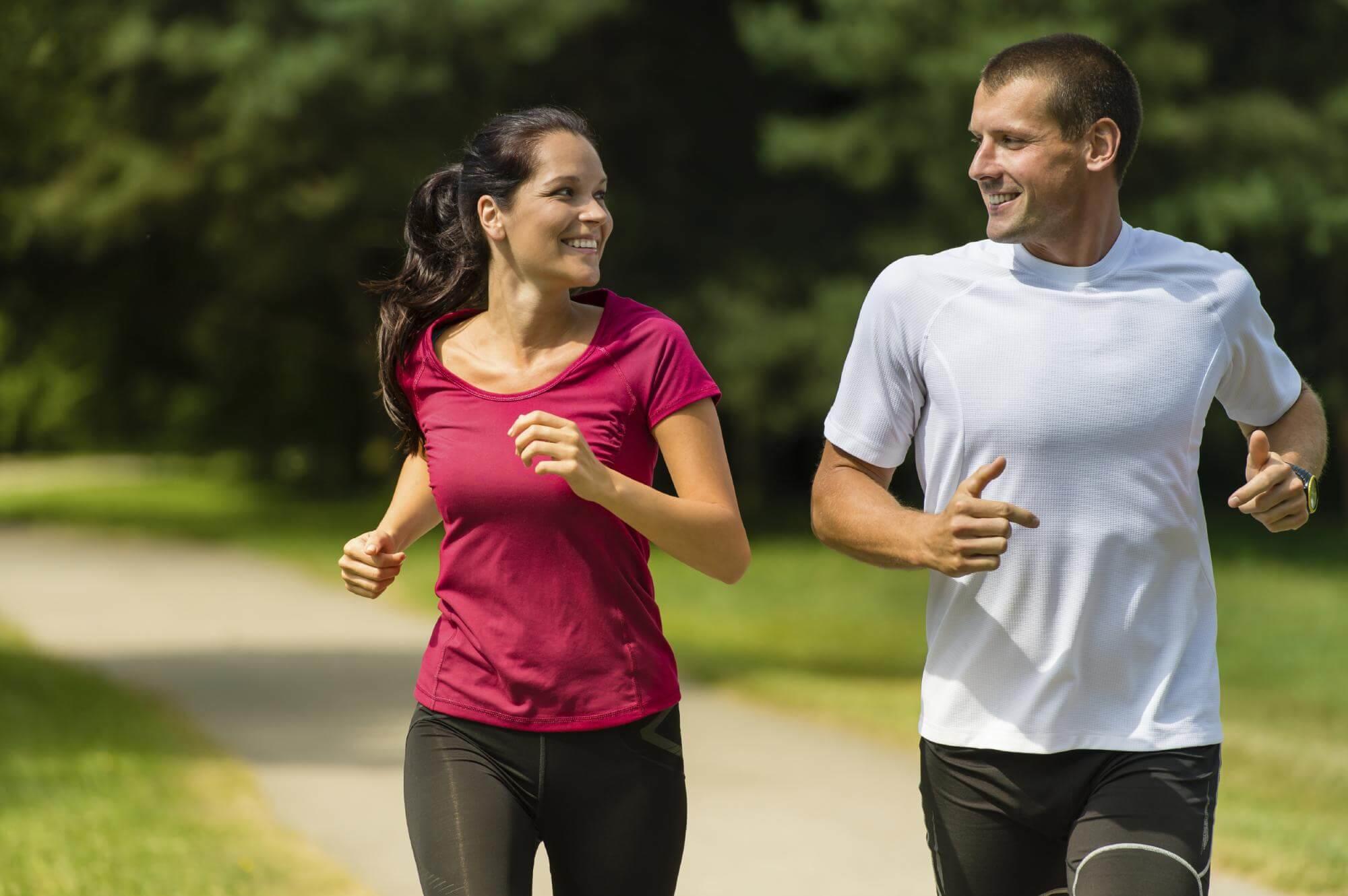
Getting in a proper warm up sequence before a workout or race and a cool down afterwards can go a long way in preventing muscle soreness. Warming up with a jog at a slower pace prepares your body for the stress of faster running by improving muscle elasticity and temperature. Being warmed up reduces the likelihood of muscle tearing, straining, and the amount of natural micro-tearing occurring in muscle fiber during exercise.
Easy cool down runs after hard running actively flush out toxins left behind by cellular respiration. After a hard workout or race, even a couple minutes of easy jogging or walking can vastly reduce the amount of muscle soreness you feel in the following days.
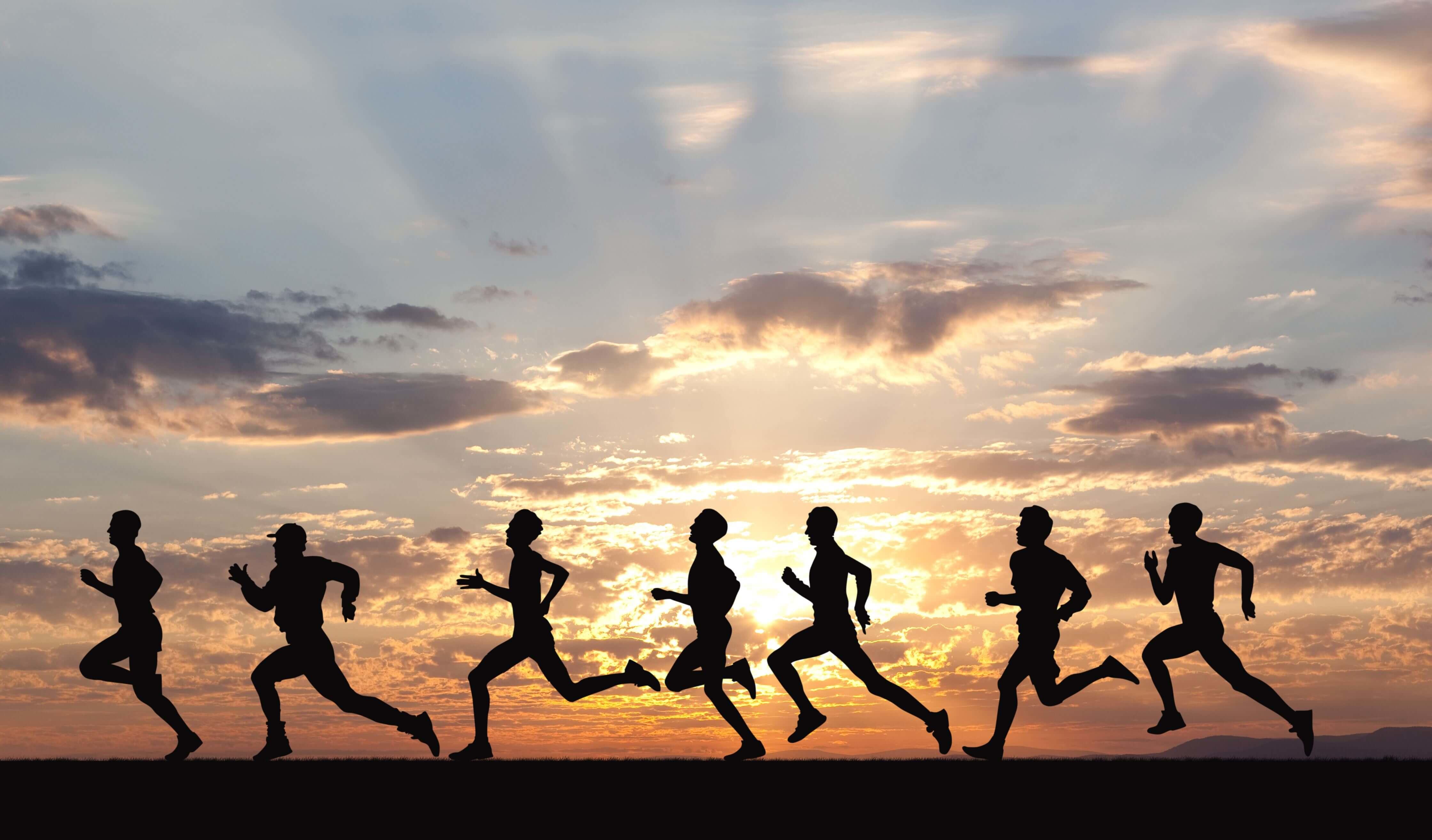
The most important point to remember when it comes to managing running induced muscle soreness is listening to your body. Soreness is natural and necessary for improvement, but when you’re too sore or feel too tight, it might be time to take a day off or reduce your workout load. It’s always better to play it safe and recover rather than allow normal soreness to turn into a real injury. It’s ok to take it easy once in a while.
How do you relieve muscle soreness? Happy running!
Latest Articles
 Is Running on a Treadmill Easier Than Running Outside?Runners have their own preferences, whether it is treadmill running, running outside on the road, or exploring trails. So...
Is Running on a Treadmill Easier Than Running Outside?Runners have their own preferences, whether it is treadmill running, running outside on the road, or exploring trails. So... Is It OK to Use Trail Running Shoes on the Road?While trail running shoes can be used on roads, especially in situations where a runner encounters mixed terrains or pref...
Is It OK to Use Trail Running Shoes on the Road?While trail running shoes can be used on roads, especially in situations where a runner encounters mixed terrains or pref... How to Fix Sore Quads After Running?Rest, ice, gentle stretching, and over-the-counter pain relievers can help soothe sore quads after running. Also, ensure ...
How to Fix Sore Quads After Running?Rest, ice, gentle stretching, and over-the-counter pain relievers can help soothe sore quads after running. Also, ensure ... 10 Fruits With The Most Electrolytes to Replace Sports DrinksThese fruits are high in electrolytes such as potassium, magnesium, and calcium, essential for hydration, muscle function...
10 Fruits With The Most Electrolytes to Replace Sports DrinksThese fruits are high in electrolytes such as potassium, magnesium, and calcium, essential for hydration, muscle function...

